In-home dog training offers numerous benefits for both you and your canine companion. Not only does it strengthen your bond, but it also allows for consistent training in a familiar environment. According to the American Veterinary Medical Association, dogs trained at home often show faster progress as they’re more comfortable in their usual surroundings.
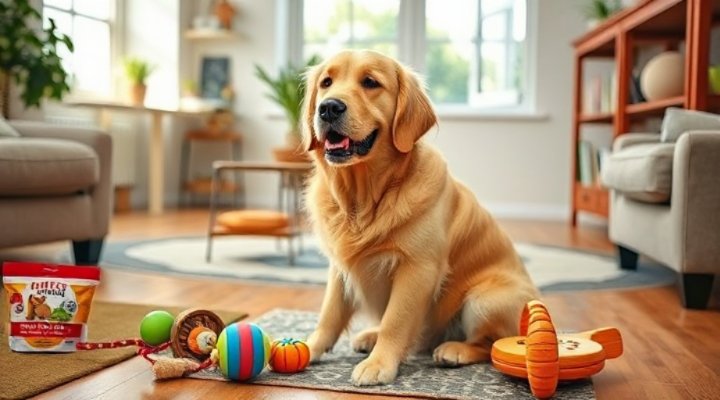
Choosing the Right Space for In-Home Dog Training
The first step in successful in-home dog training is selecting an appropriate space. Ideally, this should be:
- A quiet area with minimal distractions
- Spacious enough for movement but not too large
- Free from hazards like loose wires or fragile items
- Consistently available for training sessions
Many pet owners find that converting part of their living room or a spare bedroom works perfectly. Remember, consistency is key – using the same space helps your dog understand when it’s time to focus. For more tips on setting up your space, check out our guide on choosing the right pet crate, which can be an important part of your training area.
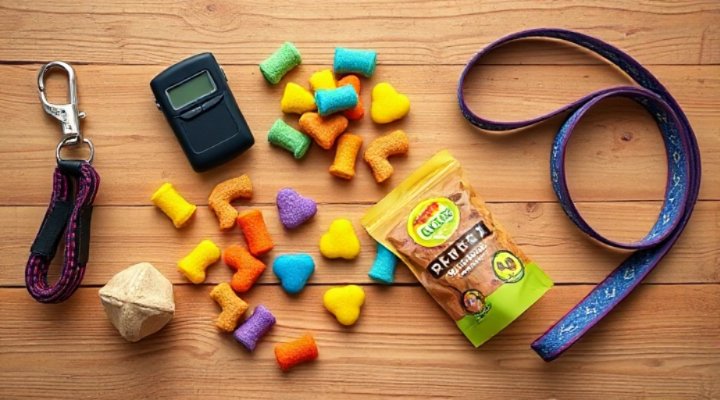
Essential Tools for Effective Home Training
While in-home dog training doesn’t require expensive equipment, having the right tools makes a significant difference. Here’s what you’ll need:
Basic Training Supplies
- High-value treats (small and soft works best)
- A clicker for marker training
- A standard 6-foot leash
- Interactive toys for reward-based training
Optional But Helpful Items
- Training mats or blankets
- Target sticks for precision training
- A treat pouch for easy access
- Puzzle toys for mental stimulation
The American Kennel Club recommends using positive reinforcement tools that match your dog’s learning style. For example, food-motivated dogs respond well to treats, while play-driven dogs might prefer toy rewards.
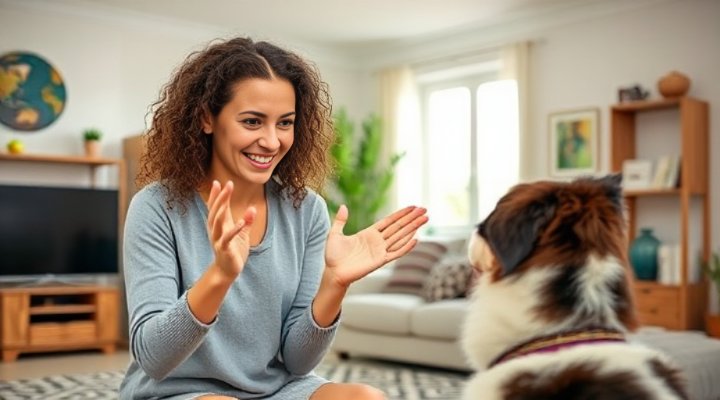
Creating a Positive Training Atmosphere
Your attitude and approach significantly impact your in-home dog training success. Here’s how to create the right atmosphere:
Timing is Everything
Schedule sessions when your dog is naturally alert but not overly excited – usually after some light exercise and before meals. Short, frequent sessions (5-10 minutes) work better than long, infrequent ones.
Minimize Distractions
Start with minimal distractions and gradually increase them as your dog progresses. Turn off TVs, ask family members to be quiet, and put away tempting toys during sessions.
Use Positive Reinforcement
Always focus on rewarding good behavior rather than punishing mistakes. Our article on positive reinforcement techniques offers excellent methods to try.
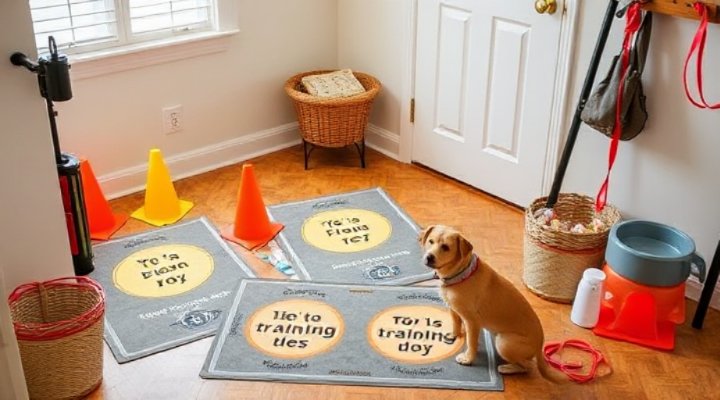
Common Challenges in Home Dog Training
Even in the best environments, you might encounter some hurdles. Here’s how to handle them:
Dealing with Distractions
If your dog loses focus, reduce the difficulty level. Go back to simpler commands in a less distracting environment before building up again.
Managing Multiple Pets
When training one dog in a multi-pet household, consider using baby gates to separate animals during sessions. Our guide on harmonious pet coexistence has more tips.
Space Limitations
For small homes, focus on commands that don’t require much space like ‘sit’, ‘stay’, or ‘leave it’. You can also use furniture creatively to create obstacle courses.
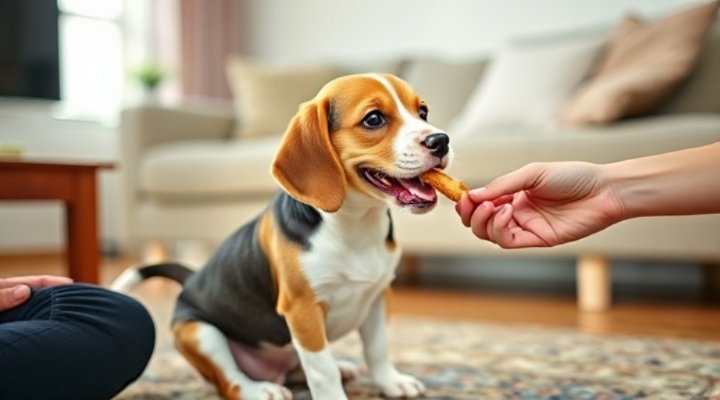
Making Training a Daily Habit
The key to successful in-home dog training is consistency. Here’s how to make it part of your routine:
- Set a regular schedule for formal training sessions
- Incorporate training into daily activities (like meal times)
- Use the same commands and hand signals consistently
- Keep training logs to track progress
Remember, every interaction with your dog is a learning opportunity. Even simple things like waiting patiently for their food bowl can reinforce good behavior. For structured guidance, our scientific training schedule offers a great framework.
Related Keywords
dog behavior modification | positive reinforcement techniques | puppy training at home | creating dog training space | home obedience training | effective dog training methods | training anxious dogs | building dog confidence | reward-based training | canine learning environment

